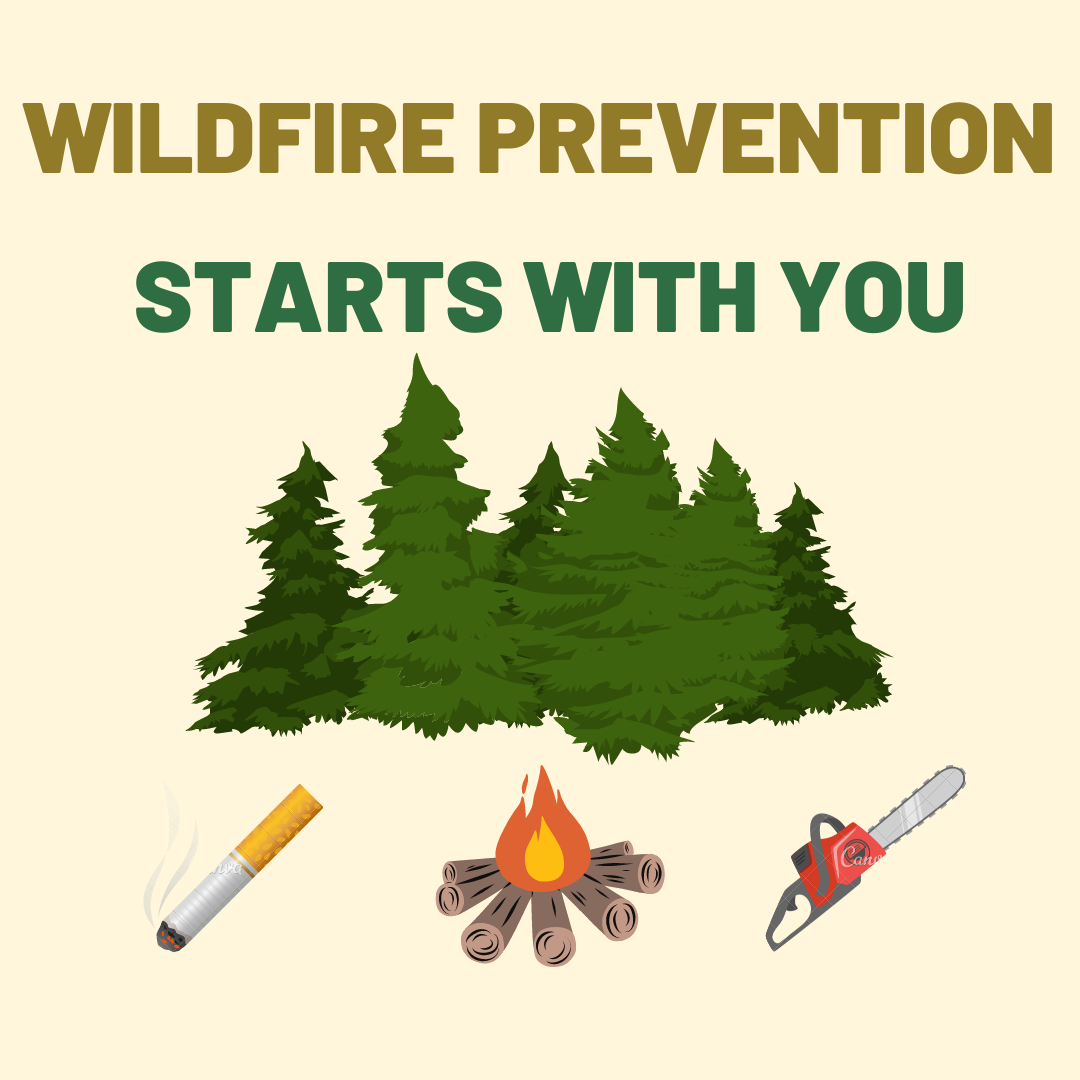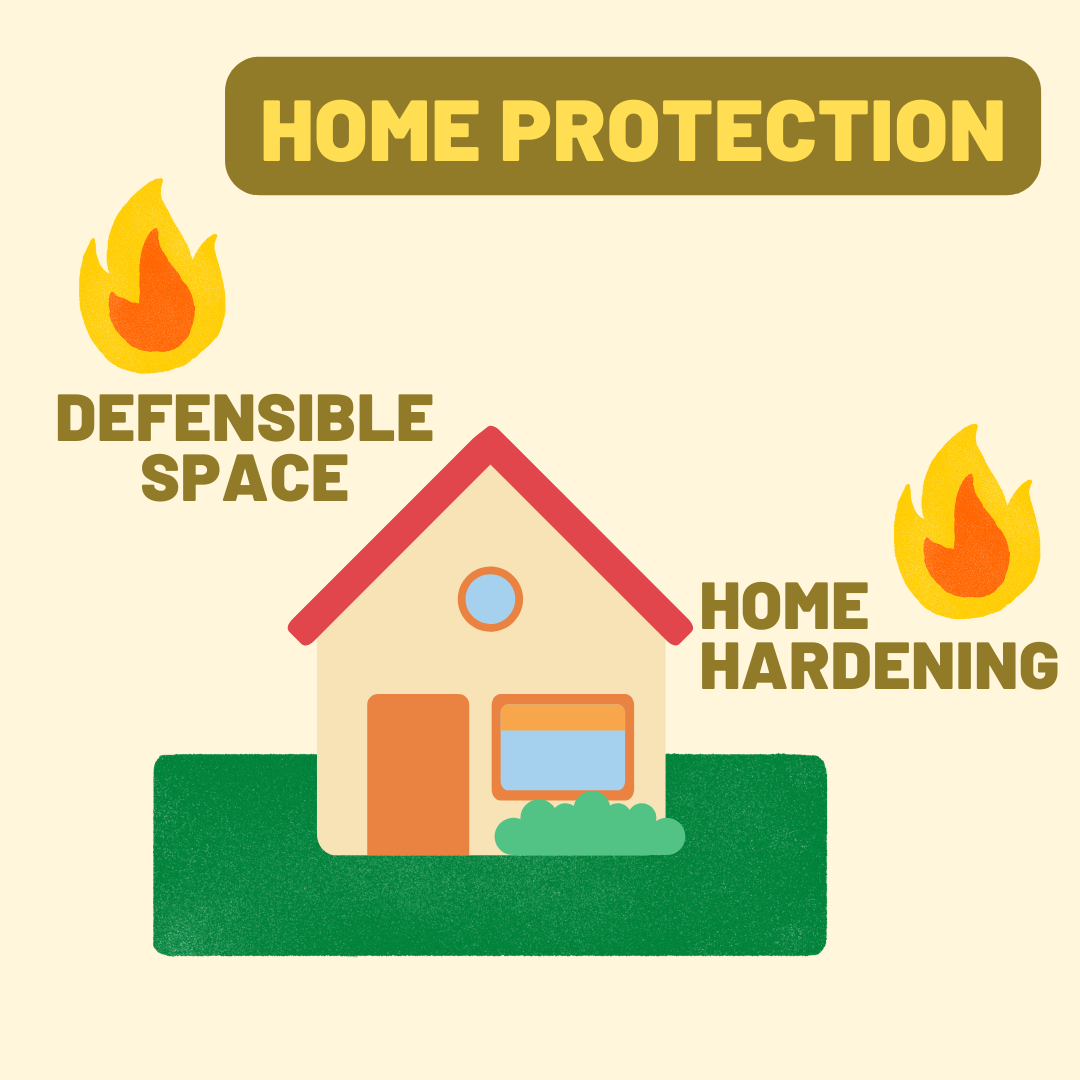All About Fire
Wildfire in the Rogue Valley
The Rogue Valley is a fire-adapted ecosystem: the historical fire regime in most of the Rogue Valley was comprised of frequent (5-7 year cycle), low-intensity fires either naturally occurring or applied by Indigenous peoples. These types of fires help prevent invasive species expansion while increasing biodiversity and helping native species thrive.
Low-intensity, frequent fires are also critical to reduce forest density and other fuel buildup. In their absence, forests have become loaded with fuels and this coupled with an increasingly hotter and drier climate and expanded human communities has led to much more frequent extreme and destructive wildfires. All of this has made wildfires become a significant issue in our area that threatens human and ecosystem health and safety.
Prescribed Burning and Thinning
Prescribed burning is a tool that we can use to help manage our forests, increasing their health and reducing the risk of large, destructive wildfires. Prescribed burning mimics the historical low-intensity, frequent burns to produce the benefits of fire without the significant negative impacts and risks of large, uncontrolled wildfires. In terms of impacts, as the adage goes, it's trading a little smoke now, for less smoke later.
Prescribed burns are carefully planned to control the risks and maximize the benefits; burn plans are created and then conditions monitored up to the day of the burn to ensure safety and success. Where and when it is not possible or appropriate to burn, thinning and other practices can help achieve the benefits of prescribed burns. Thinning and mechanical removal of small trees and shrubs is also often a first step prior to returning fire to the landscape.
Wildfire Prevention

One way we can help our forests and communities is by preventing the start of unplanned and uncontrolled wildfire. Nearly 85% of wildfires are started by humans. This outstanding statistic means that we have a very important role to play in keeping our forests and communities safe from the impacts of large, destructive fires.
Here are a few ways to help prevent wildfires from starting:
-Check for burn bans for campfires, home burn piles, and fireworks before any activity.
-Douse campfires with water and stir ashes multiple times; do not leave a campsite until a fire is completely cold.
-Keep sparks away from dry vegetation: don’t use fire sources when it’s windy; don’t drive on dry grass; never throw burning cigarettes out the window.
-Maintain equipment and vehicles to prevent sparks.
Additionally, many large fires have been started by agricultural activities, such as field mowing or soil cultivation. While agricultural activities are exempt from most fire season restrictions, it’s important to take all necessary precautions when engaging in farming practices during fire season. Have water and other firefighting tools on hand during work and set up a fire patrol to watch for ignitions after work is complete.
Home Preparedness and Protection

One of the most important things you can do to try to reduce wildfire impact on your home is to create and maintain defensible space. Key actions to create defensible space are:
-Clear dead and dry plant material from around, under, and on top of your home (at least 10 feet)
-Keep grass green and moist or cut short
-Store flammable materials such as propane or firewood at least 30 feet from your house
-Trim any tree limbs within 30 feet of your home to be 6 to 10 feet above the ground
-Cover exterior vent openings with wire mesh no larger than 1/8 inch
-Design landscaping with fire prevention in mind, e.g. select fire resistant plants, create fire breaks
You can also work on home hardening: building or retrofitting your home to use fire-resistant materials and design. Key elements you can harden include roofing materials and design, wall siding materials, and windows.
Not only do these actions help protect your home, they also help protect others by reducing wildfire spread.
Home Assessments for Fire-Resiliency
Many local organizations provide home assessments to help reduce wildfire risk. These assessments can identify ways to make your home and surrounding landscape more fire-resistant.
🔸 Local Fire Districts
Most fire districts in Jackson County offer free home assessments, depending on staff availability. To find out which fire district you live in, use this map:
https://gis.jacksoncountyor.gov/documents/4ed99b120bf146628d16d983c2d2d3a4
Once you know your district, contact them directly to ask about assessment services.
🔸 Firebrand Resiliency Collective
Firebrand Collective also provides home assessments, with low- or no-cost options for low-income residents or those located within targeted project areas. Visit their website for more details: firebrandcollective.org
🔸 JSWCD
Jackson SWCD offers wildfire support in targeted project areas, but we do not provide general wildfire home assessments at this time.






